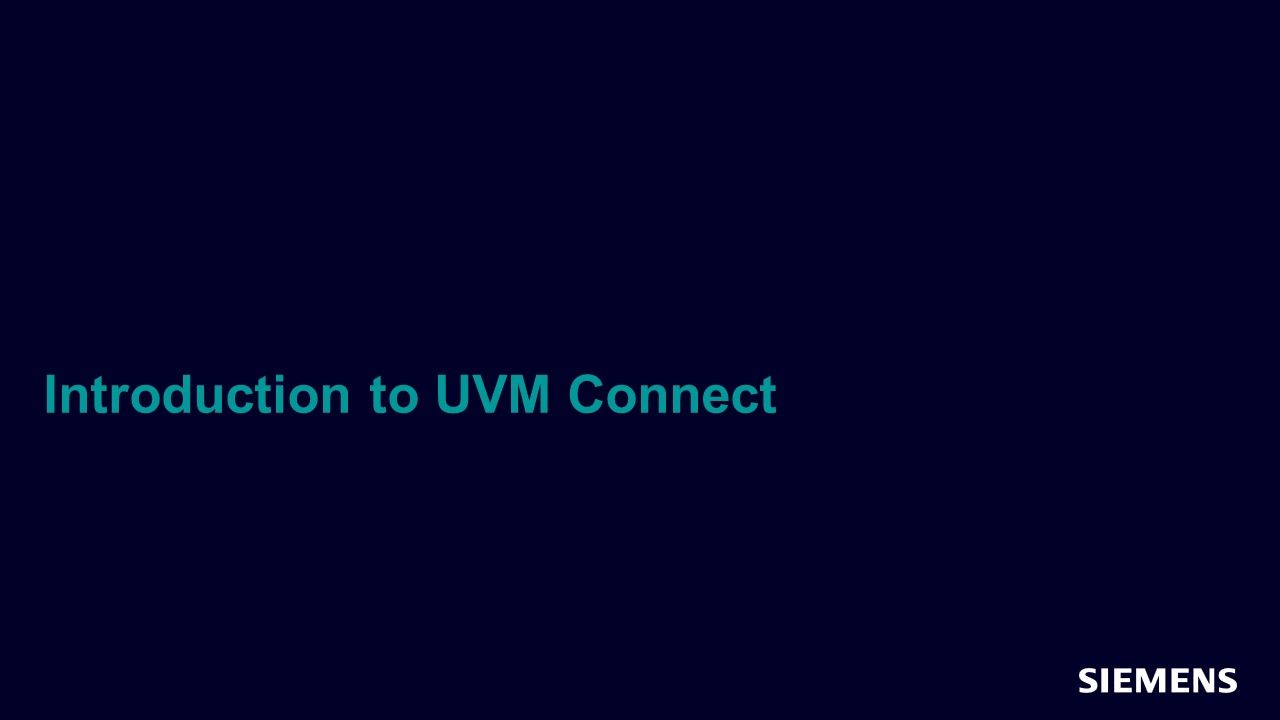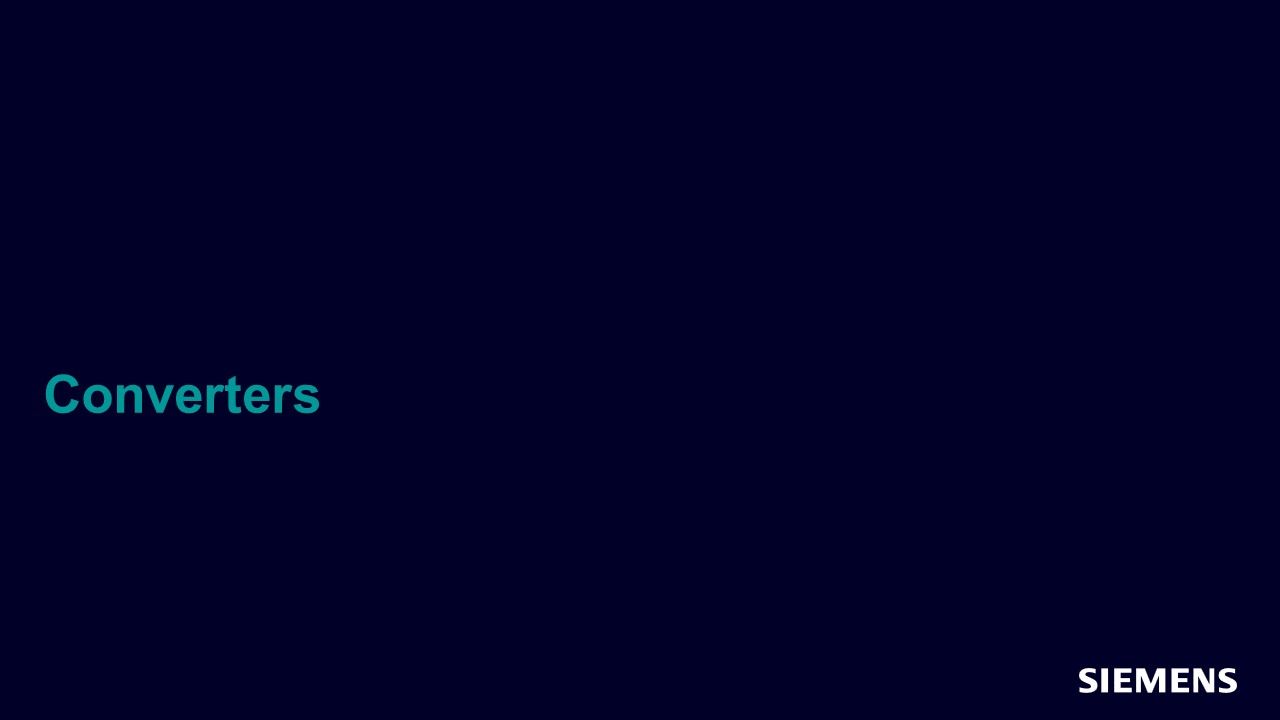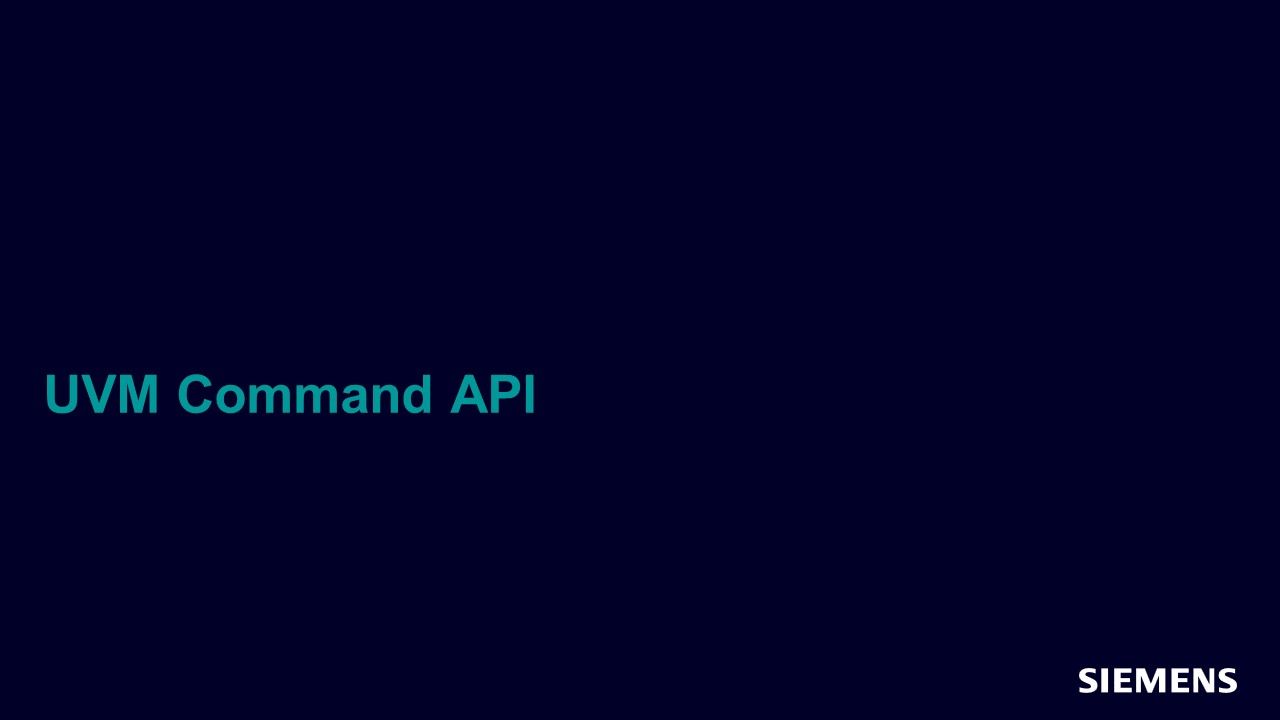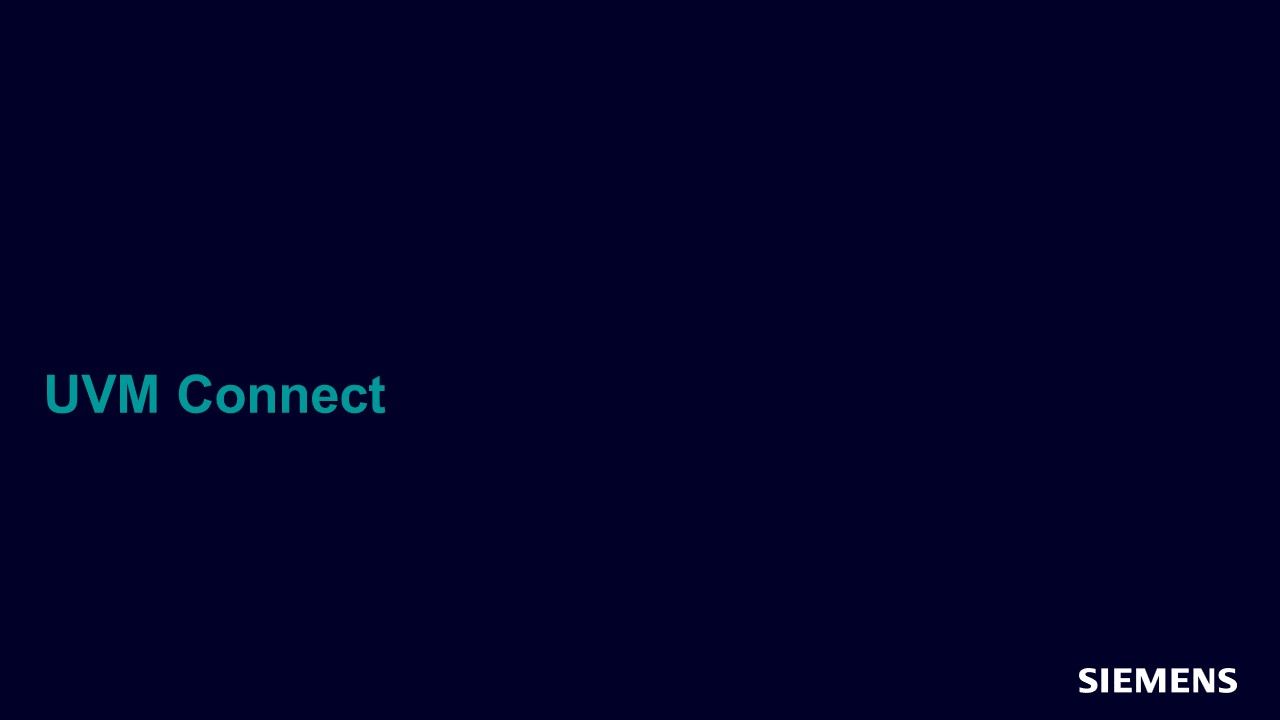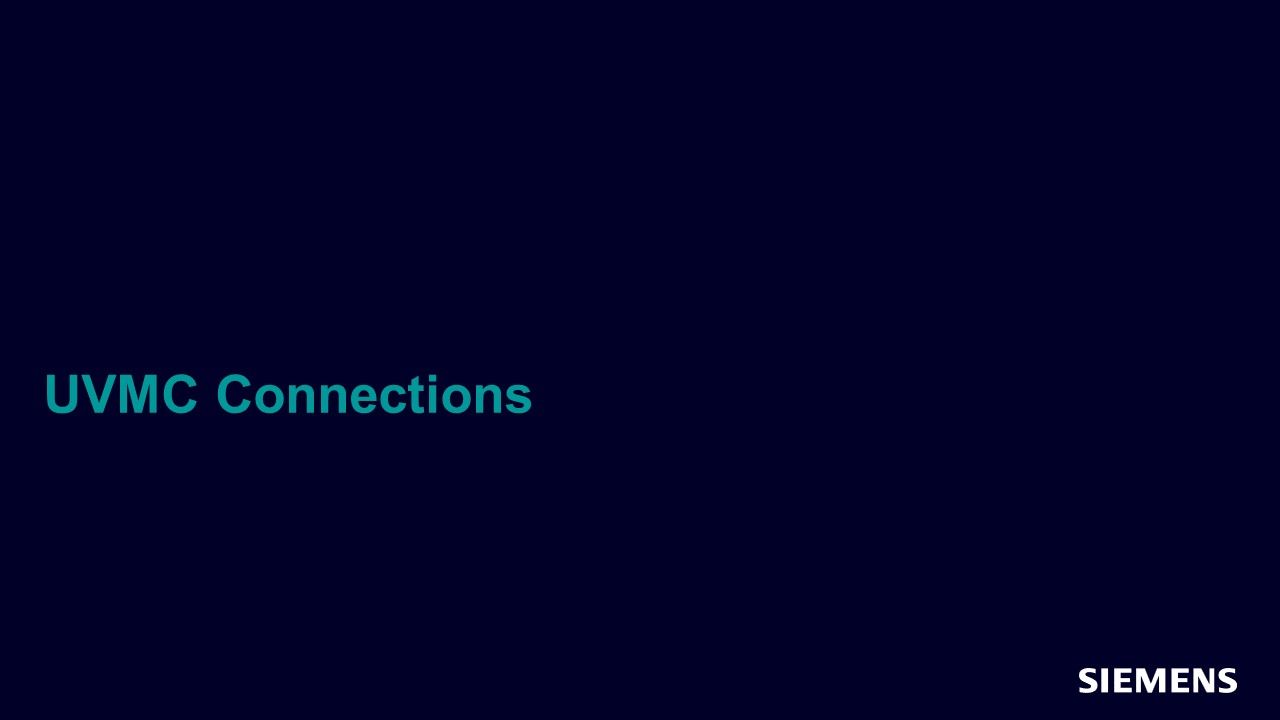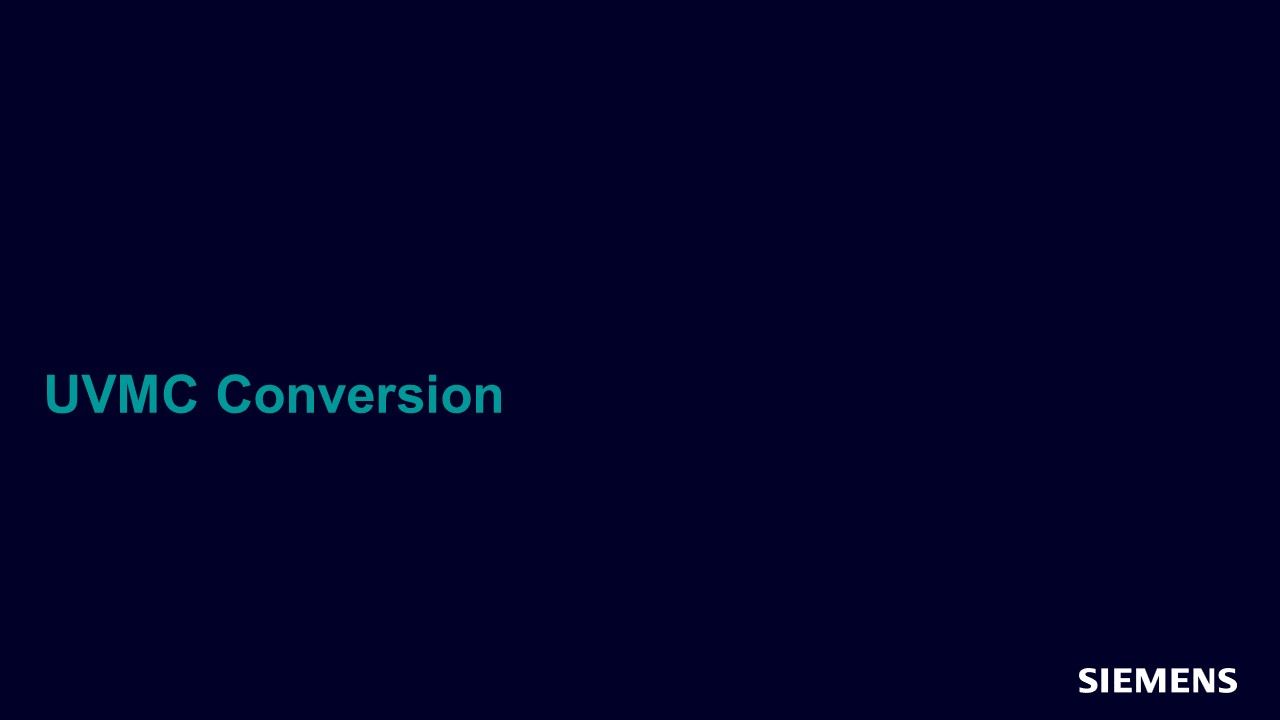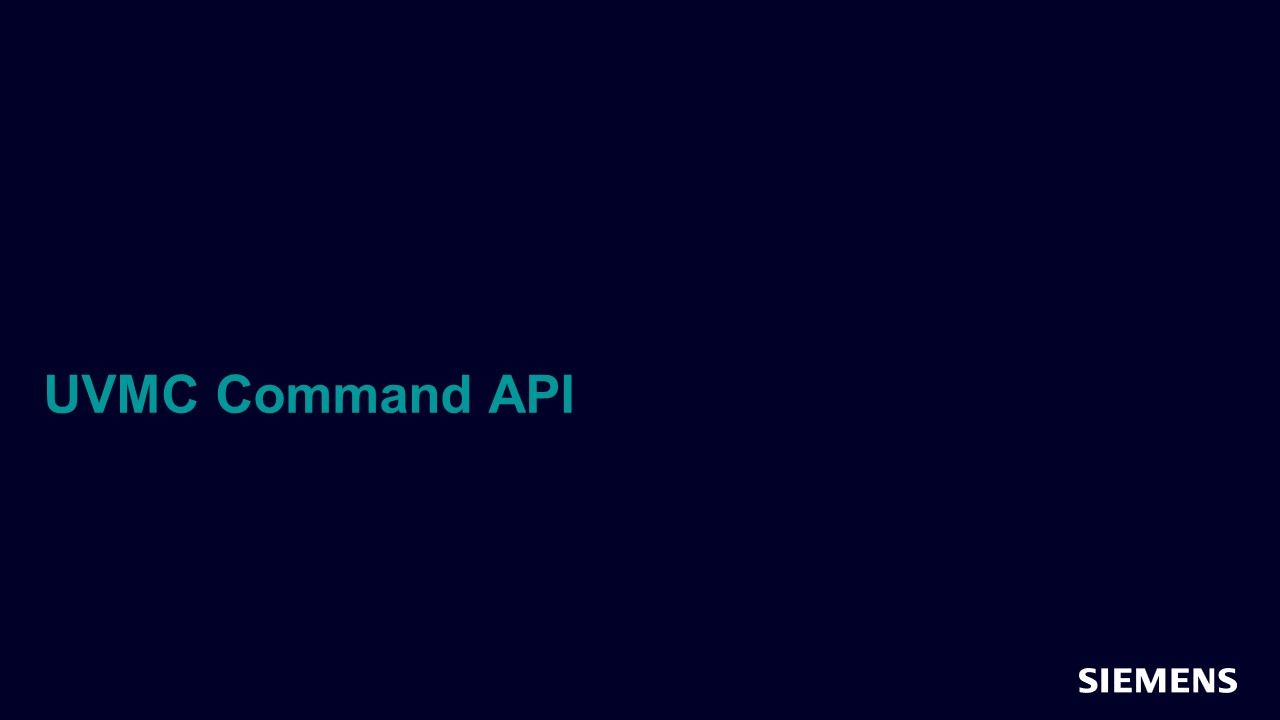UVMC
In today's complex and rapidly evolving world of electronic design and verification, verification engineers are constantly seeking innovative solutions to streamline their processes and improve productivity. One such solution that has gained considerable attention and recognition is UVM Connect.
-
Resources Container
-
UVM Connect Sessions
-
UVM Connect 2.3.4
-
UVM Connect Cookbook
-
-
UVM Connect Forum Discussion
-
UVMC Text Block Container
-
UVM Connect Introduction
This powerful methodology bridges the gap between the Universal Verification Methodology (UVM) and other popular industry-standard communication protocols, enabling verification engineers to leverage its benefits and maximize their efficiency. In this comprehensive introduction, we will delve into the realm of UVM Connect, exploring how verification engineers can utilize this methodology and reap its manifold advantages.
The increasing complexity of electronic designs, coupled with the need for interconnectivity, necessitates the use of multiple communication protocols. These protocols, such as USB, PCIe, Ethernet, or custom interfaces, play a pivotal role in ensuring seamless communication between various IP blocks within a system. However, verifying the integration and functionality of these protocols can be a daunting task, often requiring significant effort and time. This is where UVM Connect comes into play, serving as a robust solution to simplify and expedite the verification process.
UVM Connect facilitates the integration of non-UVM models into the UVM verification environment, enabling seamless interoperability between UVM and other popular methodologies like SystemC or TLM (Transaction Level Modeling). By leveraging UVM Connect, verification engineers can easily integrate models developed using different methodologies and protocols, without the need for extensive modifications or rewrites. This compatibility significantly reduces development time and effort, enabling engineers to focus on the core verification tasks rather than grappling with integration challenges.
One of the key benefits of UVM Connect lies in its ability to enable multi-language, multi-methodology verification. Traditionally, verification teams faced numerous obstacles when attempting to combine models written in different languages or using diverse methodologies. UVM Connect effectively addresses these challenges by providing a standardized framework for interoperability. Verification engineers can now seamlessly connect UVM-based testbenches with models developed using SystemC or other high-level modeling languages, thereby enabling more efficient and comprehensive verification flows.
Furthermore, UVM Connect offers a wide array of pre-built and reusable components, simplifying the process of connecting and coordinating between UVM and non-UVM environments. These components, known as "adapters" and "proxies," provide a standardized interface and translation mechanism, allowing seamless communication and synchronization between different verification domains. By utilizing these readily available components, verification engineers can save considerable time and effort that would have otherwise been spent on developing custom interfaces from scratch.
-
Features & Bullets - Part 1
Seamless Integration
UVM Connect provides a seamless integration between SystemVerilog's Universal Verification Methodology (UVM) and the Transaction Level Modeling (TLM) domain. This enables verification engineers to connect UVM-based verification environments with other simulation platforms or communication protocols effortlessly.
Interoperability
UVM Connect allows verification engineers to connect different simulation models written in SystemVerilog or other languages such as C++ or SystemC. This interoperability simplifies the verification process by enabling the reuse of existing models and facilitates integration with third-party IP or virtual platforms.
Transaction-Level Communication
With UVM Connect, verification engineers can use transaction-level communication to exchange complex data transactions between UVM and TLM domains. This high-level communication abstraction helps in accurately modeling and verifying complex system-level interactions.
Seamless Data Conversion
UVM Connect offers built-in mechanisms for seamless data conversion between UVM and TLM domains. It provides a straightforward way to translate UVM transaction objects into TLM transactions and vice versa, ensuring smooth data exchange and synchronization between the two domains.
Standardized Protocols
UVM Connect supports widely used standardized protocols, such as the Transaction-Level Modeling 2.0 (TLM-2.0) standard and the Open SystemC Initiative (OSCI) TLM 2.0 standard. These protocols provide a common interface for communication and allow verification engineers to connect their UVM environments with a variety of TLM-based models and platforms.
-
Features & Bullets - Part 2
Enhanced Testbench Productivity
By leveraging UVM Connect, verification engineers can enhance their testbench productivity significantly. They can focus on the specific verification tasks and leverage pre-existing TLM models or simulation platforms without the need for extensive modifications or redesigns.
Rapid System-Level Verification
UVM Connect enables rapid system-level verification by connecting UVM-based verification environments with higher-level models. Verification engineers can integrate UVM with virtual platforms or software models, allowing them to perform early system-level testing and validation.
Reuse and Scalability
UVM Connect promotes the reuse of existing UVM-based verification components and facilitates their scalability. By leveraging the interoperability and data conversion features, verification engineers can seamlessly integrate and reuse existing UVM components, resulting in efficient verification processes.
Flexibility in Methodology
UVM Connect offers flexibility to verification engineers in terms of their verification methodology. They can leverage both UVM and TLM methodologies, using the strengths of each, to achieve comprehensive verification coverage and optimize the verification effort.
Industry Adoption and Support
UVM Connect has gained widespread adoption within the verification community and is supported by leading EDA vendors and industry experts. This ensures access to a rich ecosystem of resources, documentation, and support, making it easier for verification engineers to adopt and leverage UVM Connect in their projects.
-
UVM Connect Conclusion
View more UVM Connect resourcesAnother notable advantage of UVM Connect is its ability to enhance testbench productivity and reusability. Verification engineers can leverage UVM Connect to create flexible and modular testbenches that can be easily adapted to different project requirements. The interoperability provided by UVM Connect enables the reuse of existing testbenches across multiple projects, minimizing duplication of effort and maximizing the return on investment in verification infrastructure.
Additionally, UVM Connect empowers verification engineers to leverage the extensive UVM ecosystem and its vast array of existing verification components and methodologies. By integrating non-UVM models seamlessly into the UVM environment, engineers can tap into the wealth of resources available within the UVM ecosystem, including UVM-based testbenches, methodologies, and best practices. This integration not only boosts productivity but also ensures compatibility with industry standards and best-in-class verification techniques.
In conclusion, UVM Connect emerges as a game-changing methodology for verification engineers, offering a seamless bridge between UVM and other popular methodologies and protocols. Its ability to facilitate multi-language, multi-methodology verification, along with its pre-built components and enhanced testbench productivity, positions UVM Connect as a valuable tool in the verification engineer's arsenal. By harnessing the power of UVM Connect, engineers can overcome integration challenges, streamline their verification processes, and ultimately deliver high-quality, reliable electronic designs in a more efficient and timely manner.
-
